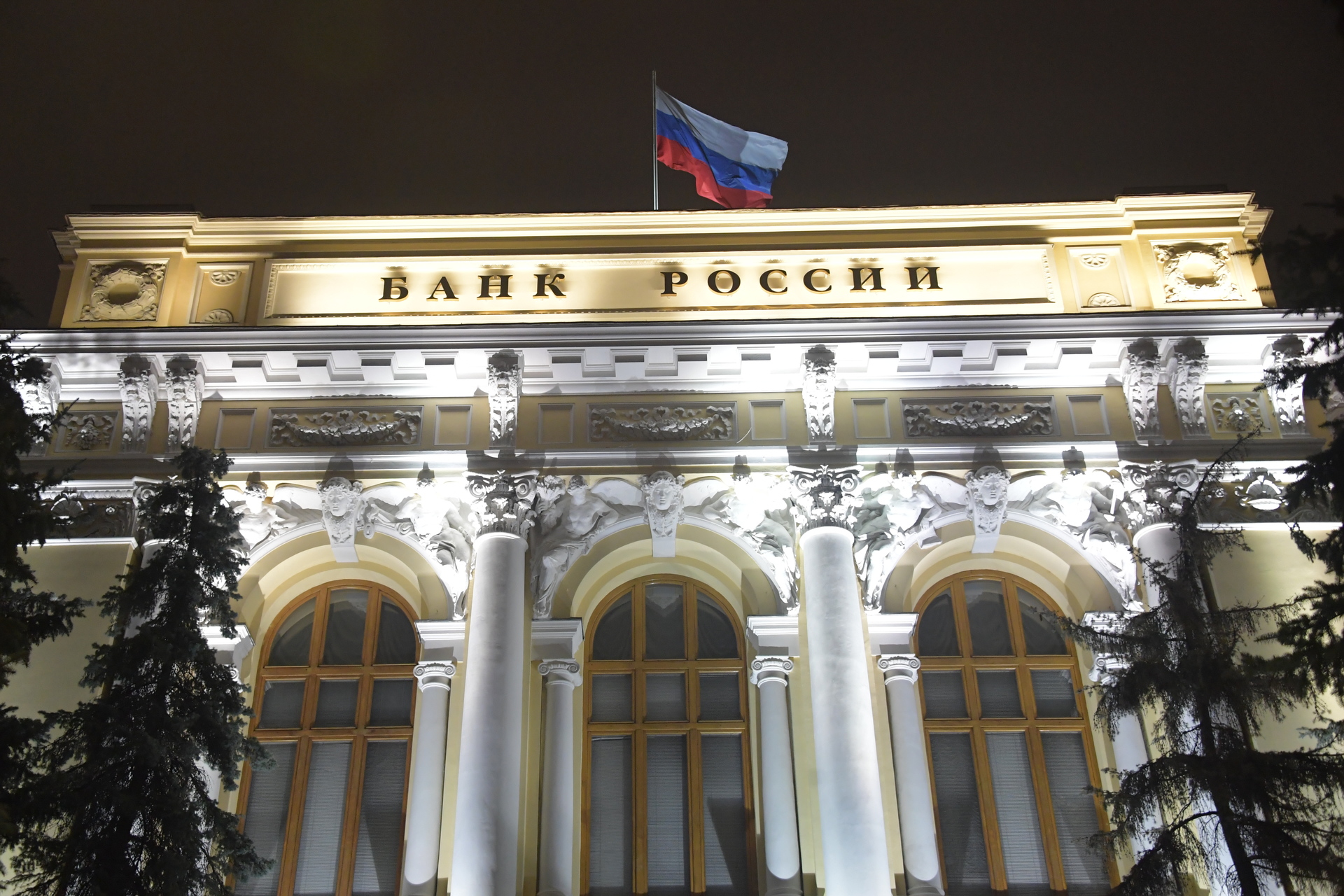At the end of 2021, in Russia, the most significant increase in prices can be demonstrated by non-food products.
Such data on Friday, October 8, was presented by the Ministry of Economic Development of the country.
“The Ministry of Economic Development expects an increase in prices for non-food products by 7.2% by the end of the year, the cost of industrial goods excluding vegetables and fruits will increase by 6.6%, food products in general will rise in price by 5.3%.
The smallest increase is expected for housing and communal services tariffs - 3.8%, ”writes TASS with reference to the materials of the department.
According to the latest estimates of the ministry and Rosstat, over the past 12 months, non-food products on average in the country have risen in price by 7.84%.
Foreign and Russian cars increased significantly in price - by 14.6% and 15.5%, respectively.
In turn, for example, the cost of medicines increased by 5.9%, and gasoline - by 6.7%.
As explained in the Ministry of Economic Development, the acceleration of non-food inflation was largely due to the weakening of the ruble in early 2021, as well as global trends.
In particular, we are talking about disruptions in global supply chains and rising prices for the transportation of goods.
In addition, the lack of components and components, as well as the rise in prices for industrial metals, had a negative impact.
“At the same time, the influence of these factors is temporary, due to quarantine restrictions in countries that supply non-food products to Russia, which upset the balance of supply and demand in the market.
So, in September there was a slowdown in the growth of prices in the segment of non-food products ”, - noted in the Ministry of Economic Development.
Against this background, the department expects a decrease in non-food inflation in Russia already in 2022.
According to the specialists of the ministry, in the coming months, the monetary policy of the Central Bank will exert increasing pressure on prices.
Since the beginning of 2021, the Central Bank, as part of the fight against inflation, has already raised the key rate five times and brought it to the level of 6.75% per annum.
Moreover, the Central Bank does not exclude the possibility of new rate hikes at the next meetings of the board of directors.
“The feasibility of these increases, as well as the duration of the further preservation of the key rate at the achieved level, will depend on the development of the economic situation, inflation dynamics and, to a large extent, on the balance of risks for future inflation, including those associated with the persistence of increased inflationary expectations,” - said in September the chairman of the Bank of Russia Elvira Nabiullina.
The next meeting of the Board of Directors of the Central Bank is scheduled for October 22.
Following the meeting, the top management of the regulator can raise the key rate by 0.5 percentage points at once - up to 7.25% per annum.
Pavel Sigal, the first vice-president of the all-Russian public organization of small and medium-sized businesses "Support of Russia", shared this opinion in a conversation with RT.
“Firstly, the increase in the key rate of the Central Bank contributes to the strengthening of the national currency.
Secondly, the actions of the regulator lead to an increase in the cost of loans for the population and business.
As a result, the demand for borrowed money decreases, consumer demand cools down and the price growth slows down.
Such regulation of inflation is one of the standard operating methods of the Central Bank, ”explained Segal.
globallookpress.com
© Komsomolskaya Pravda
In addition to raising the key rate, the authorities can take a number of additional measures to contain prices, the expert said.
For example, the government can increase export duties, as a result of which a significant part of the manufactured products will not be exported, but will remain in the country.
“This will create increased stocks of goods and will help lower prices for them.
Also, the government can start developing measures to reduce producers' costs - reducing the fiscal burden, lowering prices for fuel and housing and communal services, transportation and import components, ”added Pavel Sigal.
Natalya Milchakova, deputy head of the Alpari information and analytical center, expressed a similar point of view in an interview with RT.
According to her, the rise in prices for non-food products will be more effectively contained if the system of taxation of producers is “more flexible”.
“With regard to gasoline, the authorities are applying a damper policy that limits the growth of retail prices for this type of fuel, but with regard to consumer goods, administrative restrictions on price increases will not work.
At the same time, tax cuts and government support for manufacturers and retailers to reduce costs should help curb the rise in prices for non-food products, ”the specialist concluded.

